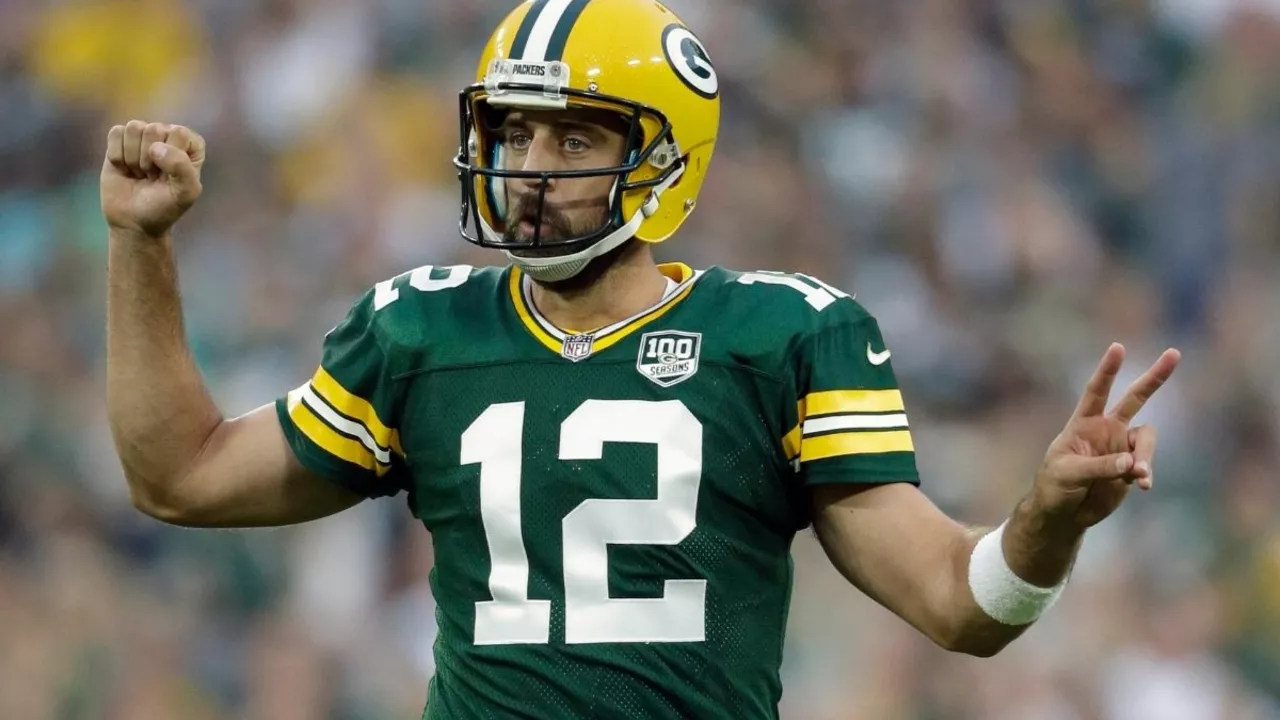Player Contracts: What Every Fan Needs to Know
Player contracts are the lifeblood of modern sport. They tell you who’s staying, who’s leaving and how much a club is willing to spend. For fans, this information shapes expectations, fuels debates and even influences how you cheer on match day.
Why contract details matter
A contract isn’t just a paycheck. It includes length, release clauses, performance bonuses and sometimes even image‑rights clauses. Those details can dictate a team’s strategy. A long‑term deal can give a manager stability to build a squad, while a high release clause can keep rival clubs at bay. Understanding these pieces helps you see why a club makes certain signings and why they might sell a star player.
Recent big contract stories
Take Rasmus Hojlund’s move to Manchester United. The youngster’s price tag sparked endless talk, and his own admission about the pressure shows how a hefty contract can affect a player’s confidence. Over at AC Milan, the race for Joshua Zirkzee highlights how agent fees and release clauses can stall a deal, even when a club is eager. Meanwhile, Erling Haaland’s record‑breaking seasons have led to renewed contract talks at Manchester City, with rumored extensions that could keep him in the Premier League for years.
These examples illustrate a pattern: big contracts bring big expectations. Fans notice when a club splashes cash, and they watch closely to see if the player lives up to the hype. That’s why every new signing becomes a story worth following.
So how do you stay on top of contract news without getting lost in rumors? Start with official club statements and reputable sports news sites. Many clubs publish confirmed contract lengths and salary ranges on their websites. Follow trusted journalists on social media; they often break news before the headlines appear elsewhere.
When you read a contract report, look for three key numbers: the length of the deal, any release clause amount and the reported weekly or annual salary. A short‑term deal might signal a trial period, while a massive release clause usually means the club wants to protect its investment. Salary figures give you a sense of a player’s market value relative to the squad.
Don’t forget the performance bonuses. These can be tied to goals, appearances, or team achievements like qualifying for the Champions League. A contract that rewards a player for scoring 20 goals, for example, shows the club’s confidence in his finishing ability.
Finally, keep an eye on loan moves. A loan with an option to buy often includes a pre‑agreed fee that can become a permanent contract if the player impresses. These deals can reshape a squad quickly and are a smart way for clubs to test a player before committing long‑term.
Staying informed about player contracts adds a new layer to your fandom. You’ll understand why a club makes a big signing, why a star might leave, and how salary caps influence squad balance. Keep reading, keep questioning, and enjoy the game with a deeper insight into the business behind the sport.
